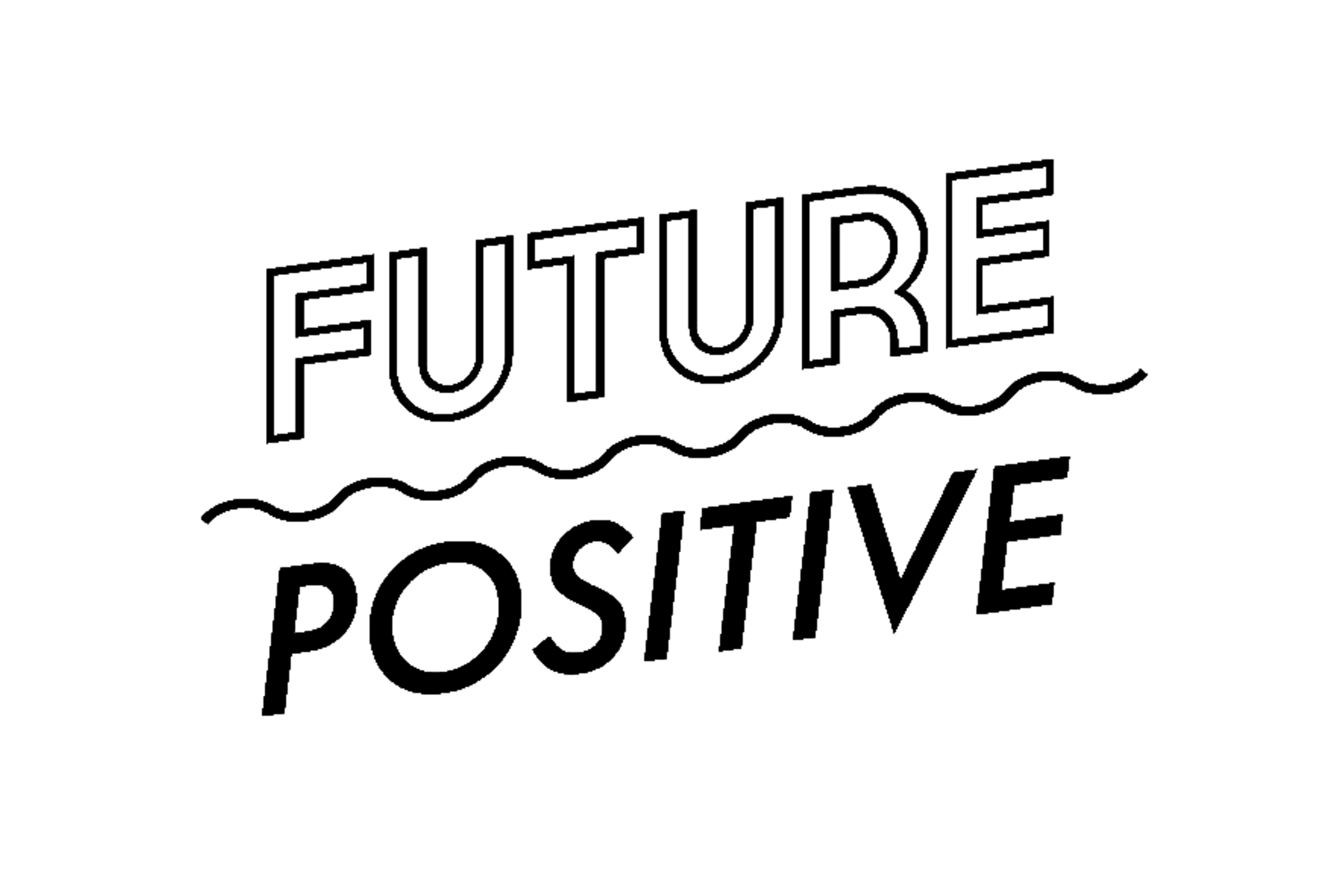We give a lot of thought to productivity. To posture. To the ergonomics of our chairs and the layout of our screens. But what about our eyes?
They’re on the clock long before your first coffee and still working hard while you’re doomscrolling in bed at midnight. Whether you’re designing, editing, replying, reading, or just relaxing—your eyes don’t get the same break your hands or brain do.
It’s no surprise that more people are experiencing digital fatigue: dry eyes, headaches, blurred focus, and that heavy, scratchy feeling that hits sometime between your third Zoom call and fifth Slack notification.
The good news? A few simple habits (and one important check-in) can help your eyes feel less overworked—and a lot more human.
Why Your Eyes Are Always “On”
Unlike your phone or your laptop, your eyes don’t come with a sleep mode. And in today’s world, they rarely get downtime. We shift from one screen to another without thinking—checking emails, replying to messages, scrolling through social feeds, bingeing the latest show, then falling asleep next to a softly glowing screen. Add in long workdays and always-on notifications, and it’s no surprise our eyes are clocking in way more than 9 to 5.
The real issue? Your eyes weren’t designed for this kind of workload. Focusing on screens for hours at a time reduces how often you blink, tires out your focusing muscles, and exposes you to artificial light that disrupts both comfort and clarity. And while most of us have built habits around posture or productivity, eye care tends to be the thing we ignore—until it gets uncomfortable.
Signs Your Eyes Need a Break
Some signs are obvious—others are sneaky. If your eyes feel tired by mid-afternoon or you find yourself rubbing them during a late-night editing session, that’s your body asking for help.
But digital eye strain doesn’t always look like strain. It might show up as:
- Headaches that creep in after too much screen time
- Blurry or fluctuating vision, especially when shifting focus
- Dryness, itchiness, or the feeling that there’s something in your eye
- Sensitivity to light (yes, even indoor lighting can feel harsh)
- That heavy-lidded, burning sensation that hits by the end of the day
Sometimes, the biggest clue is your own behavior—pulling away from the screen, blinking hard to refocus, or unconsciously squinting. These little signals add up. And the more often they happen, the more your eyes are telling you: Hey, we need a breather.
Smart Habits That Actually Help
You don’t need a full wellness overhaul to treat your eyes better. A few small tweaks can go a long way, especially if they become part of your daily rhythm.
Start with the 20-20-20 rule—every 20 minutes, look at something 20 feet away for 20 seconds. It sounds simple, and it is. But it gives your eyes a chance to reset, blink more, and refocus without strain.
Other habits worth building in:
- Turn on night mode or use a blue light filter on your screens—it’s easier on your eyes (and your sleep).
- Keep your screen at arm’s length, and raise it to eye level to reduce neck and eye fatigue.
- Stay hydrated—dry eyes can sometimes be a whole-body hydration issue.
- Don’t skip sunglasses, even on cloudy days. UV exposure contributes to eye fatigue more than most people realize.
- Blink—intentionally. When you’re focused, your blink rate drops dramatically, and your eyes dry out faster.
None of these take more than a few seconds—but over time, they help prevent that end-of-day “why do my eyes feel like sandpaper?” moment.
Know When It’s More Than Just Screen Fatigue
Sometimes, tired eyes just need a reset. But if the strain, dryness, or blurry vision keeps coming back—even after better habits—it could be a sign of something deeper.
Chronic dry eye, uncorrected vision issues, or subtle focusing problems can all mimic the symptoms of screen fatigue. And the longer they go unchecked, the more likely they are to interfere with your work, your sleep, or just the simple joy of reading without squinting.
That’s where a proper eye exam comes in. Not the “stand-back-and-read-the-letters” kind you rush through once every few years, but a personalized checkup that looks at how your eyes are really functioning day to day.
If you’re based in northern Utah, booking an appointment with a trusted eye doctor in Logan is a smart place to start. A good provider can help rule out underlying issues—and recommend real solutions tailored to how you live and work.
Conclusion
Your eyes are doing more than ever—and they weren’t built for endless scrolls, stacked meetings, or screen marathons. But the fix doesn’t have to be complicated. A few simple habits, a little awareness, and the occasional break can go a long way in giving your eyes what they need to keep up with you.
If things still feel off, don’t ignore it. Your eyes are one of the hardest-working parts of your body—and they deserve your attention, too.
Take a step back. Blink. Breathe. And maybe, just maybe, look up from the screen for a bit.





